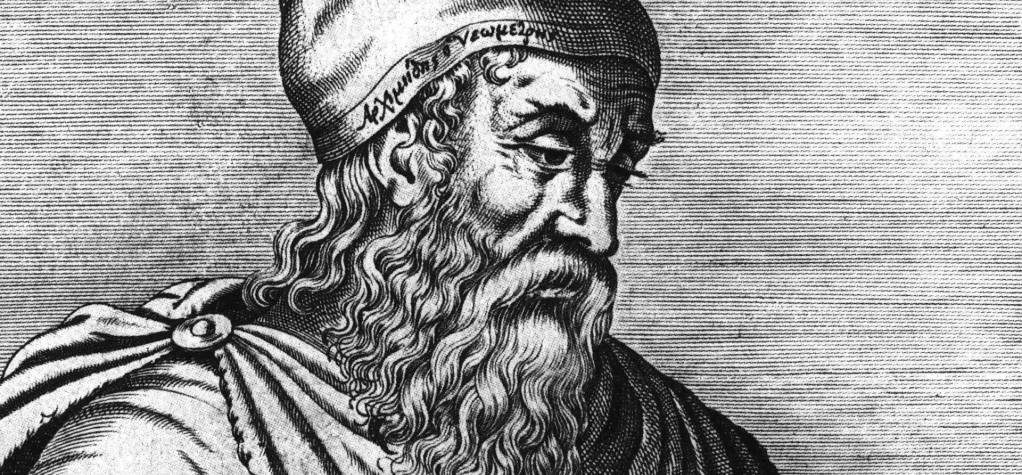Μὴ μου τοὺς κύκλους τάραττε! - Do not disturb my circles!
Archimedes was a famous ancient Greek inventor, engineer, mathematician, physicist, and astronomer. Archimedes was born in Syracuse on the island of Sicily circa 287 BC and died circa 212 BC, which at the time was a Greek city c. 287 BC and died c. 212 BC. We learned from Archimedes himself (he mentions this in one of his works) that his father’s name was Phidias and he was an astronomer.
What is Archimedes known for?
Eureka!
Archimedes is famous for inventing a method for determining the volume of an object with an irregular shape. According to a story told by Vitruvius, a votive crown for a temple had been made out of pure gold for King Hiero II of Syracuse (supplied by the king himself), and Archimedes was asked to find out whether any silver had been substituted by the dishonest goldsmith. Archimedes had to solve the problem without damaging the crown, so he could not melt it down in order to calculate its density. One day, while taking a bath, he noticed that the level of the water in the tub rose as he got in, and realized that this effect could be used to determine the volume of the crown. So the submerged crown should displace an amount of water equal to its own volume. By dividing the mass of the crown by the volume of water displaced, the density of the crown could be obtained. This density would be lower than that of gold if cheaper and less dense metals had been added. Legend has it that Archimedes was so excited about this discovery that he jumped out of his bath and run to the streets naked crying “Eureka!” (meaning “I have found it!”). The test was then conducted successfully, proving that silver had indeed been mixed in with the gold.
The Archimedes Screw
There are several legends surrounding Archimedes. One of the recounts how King Hiero II, the king of Syracuse, was unable to empty rainwater from the hull of one of his ships. Archimedes came up with an ingenious solution. He created a machine which was consisted of a hollow tube containing a spiral that could be turned by a handle at one end. When the lower end of this hollow tube was placed into the hull and the handle turned, water would be carried up the tube and out of the boat. The Archimedes Screw is still used to this day as a method of irrigation in several developing countries.
Although few details of Archimedes’ life are known, he is regarded as one of the leading scientists in classical antiquity. Archimedes anticipated modern calculus and analysis by applying concepts of infinitesimals and the method of exhaustion to derive and rigorously prove a range of geometrical theorems, including the area of a circle, the surface area and volume of a sphere, and the area under a parabola.
Other mathematical achievements include deriving an accurate approximation of pi, defining and investigating the spiral bearing his name, and creating a system using exponentiation for expressing very large numbers. Archimedes was also one of the first scientists to apply mathematics to physical phenomena, founding hydrostatics and statics, including an explanation of the principle of the lever.
He is credited with designing innovative machines, such as his screw pump, compound pulleys, and defensive war machines to protect his native Syracuse from invasion by the Romans.
Archimedes died c. 212 BC when Roman forces under General Marcus Claudius Marcellus captured the city of Syracuse after a two-year-long siege.


